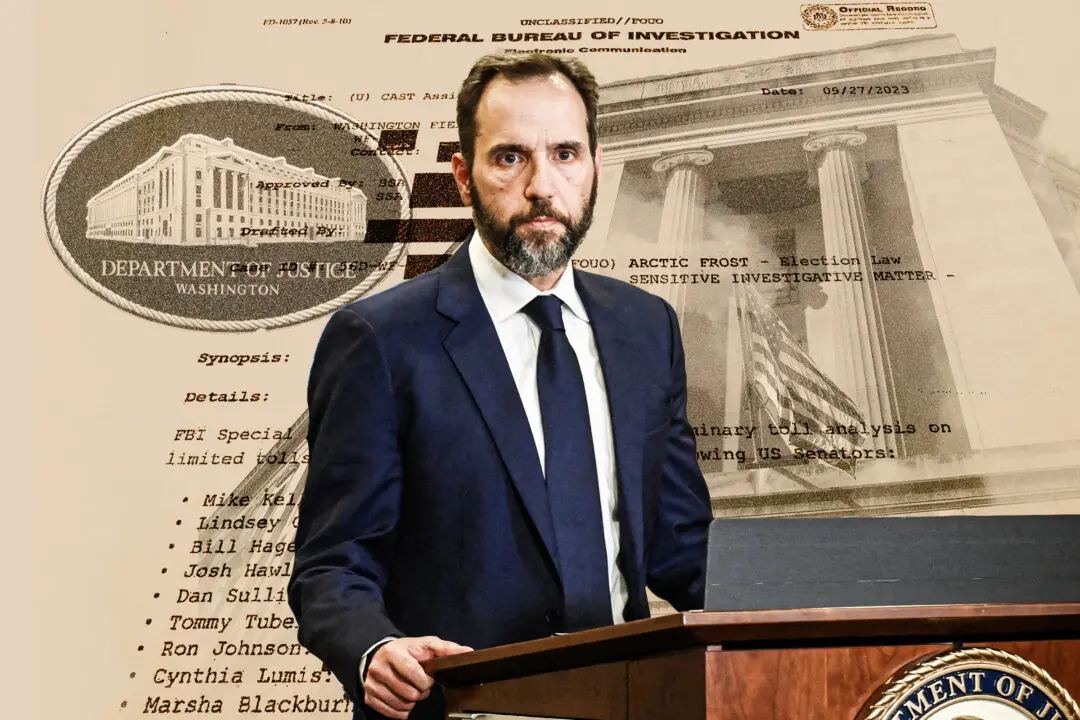It is a question as old as intellectual property ownership itself: You hire a guy to come up with a project idea. He comes up with an idea. Your resources make the project happen. Who founded the project?
Your money, his idea–probably both, right?
Yet one was among Time’s 100 Most Influential People, among Forbes Web Celebs 25, and The Daily Telegraph’s 25 Web Superstars, while the other… Who actually is the other guy?
The talk is about Jimmy Wales, the founder/co-founder of Wikipedia, and Larry Sanger, the co-founder/former employee of Wikipedia.
The story begins with Jimmy Wales as a former options trader and Chief Executive Officer of Bomis, an adult content-oriented search engine provider.
In January 2000, Wales hired Larry Sanger to Bomis to start an on-line volunteer-created encyclopedia–the Nupedia.
Sanger, a philosophy Ph.D., took a rigorous approach with multiple levels of academic review to ensure quality. In its first year, Nupedia published a meager 12 articles.
Sanger and Wales were trying to figure out a way to rapidly supply content to Nupedia, but struggled to find a platform that wouldn’t require an extensive investment or programming.
Then, on Jan. 2, 2001, Sanger met with his friend and computer programmer Ben Kovitz, who introduced him to the concept of “wiki.”
Wiki is a Hawaiian word for “quick” and was used by programmer Ward Cunningham to name his 1995 creation–a website where anybody can make a page or edit a page. The idea was intriguing to Sanger.
“Instantly I was considering whether wiki would work as a more open and simple editorial system for a free, collaborative encyclopedia, and it seemed exactly right,” he wrote in his memoir posted on SlashDot.org in 2005.
But then the story gets convoluted.




